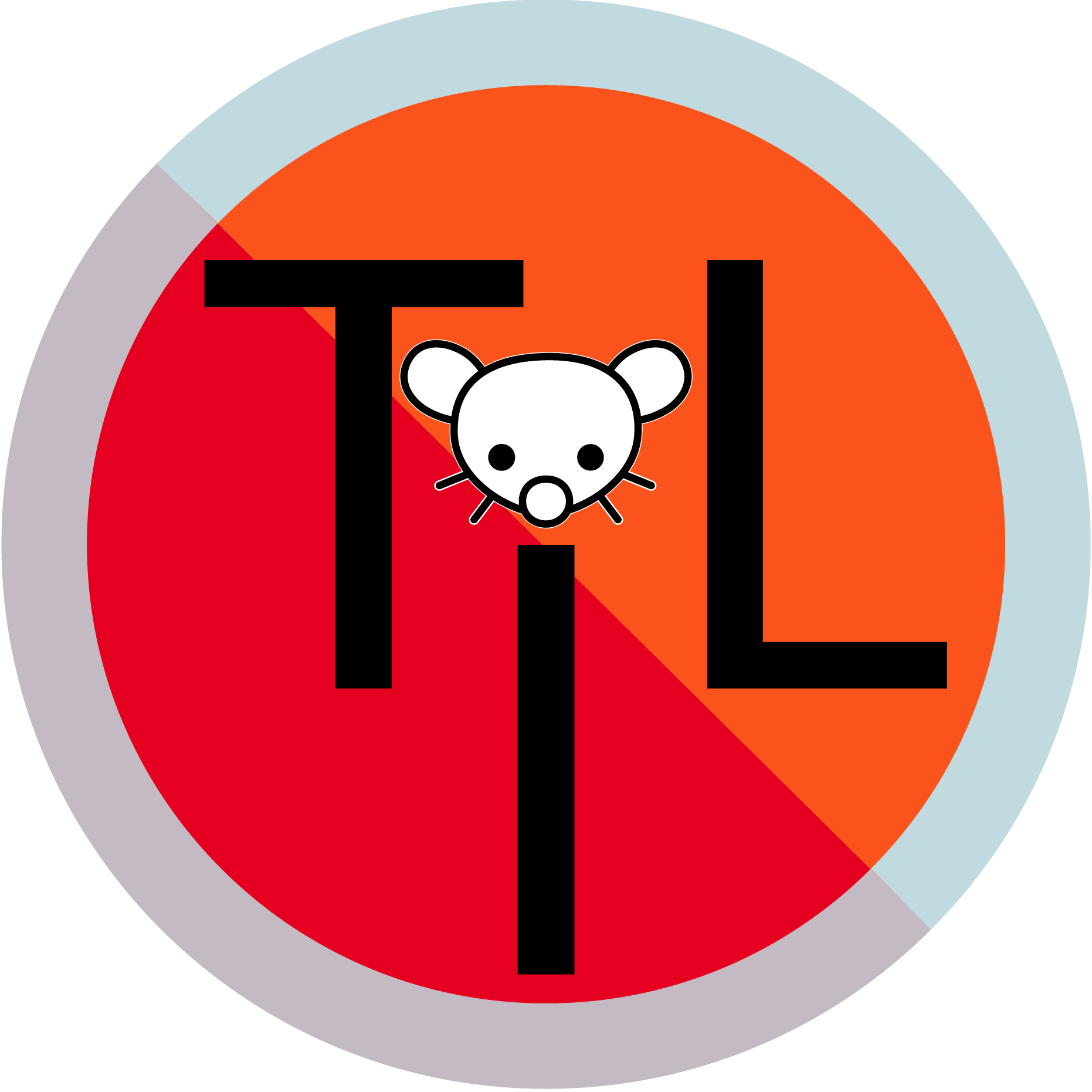

You gotta flush for at least 1.25 mooches straight.


You gotta flush for at least 1.25 mooches straight.


When I first saw Kiernan Shipka as Sabrina I immediately thought she (the actress not the character) had Mandy vibes.
Obviously, Nic Cage as Billy.


One of the issues with multiple devices is networking. Transferring totally legit files for the Arr stack to and from the NAS can be a lot of data. Keeping it all in one system means your speeds up to that point are SATA speeds vs ethernet.
For the OP, one file with hard linking is my goal, but I only use Usenet. I rip anything that comes down with Tdarr to strip languages, normalize audio and rip to H265. If you do that with torrents, you will need to keep the original for seeding.


America following in your footsteps I guess.



It depends on how you’re hosting Jellyfin. The easiest and most common way is via Docker in some form. You can also install a docker image of Cloudflare tunnel making sure it’s on the same virtual network as Jellyfin (I think it will by default). However you’re running Jellyfin, Cloudflare tunnel will need to be able to reach your local Jellyfin install.
Create a tunnel in the Cloudflare zero trust dashboard, create or edit the config file for your Cloudflare tunnel install using the code string from the zero trust dashboard, your tunnel will attempt to connect to the Cloudflare servers, when it does, you have a secure tunnel. Then you can add hostnames on the zero trust dashboard, using your local IP addresses and ports. For example, jellyfin.yourdomain.com points to 192.168.1.10:8096. The tunnel connects your local IP to the routing from your domain.
Be careful to not open this up to apps that don’t have security in some form at least. There are ways to improve security on your tunnel end with SWAG and such. And I recommend turning on the security tools in Cloudflare so your domain can’t be accessed outside of your country at the least, and maybe even whitelisting IP addresses for even more security.
SpaceInvaderOne on YouTube has a good video on creating a Cloudflare tunnel via Unraid. But everything is much the same in regular docker. I’m sure there’s good videos on doing it however you’re hosting Jellyfin. Feel free to reach out with questions, I’ll gladly help if I can.


Cloudflare tunnel and a domain name will stream Jellyfin to any device while delivering a decent amount of safety.
I don’t either but I sure would like to be able to read stuff sometimes.